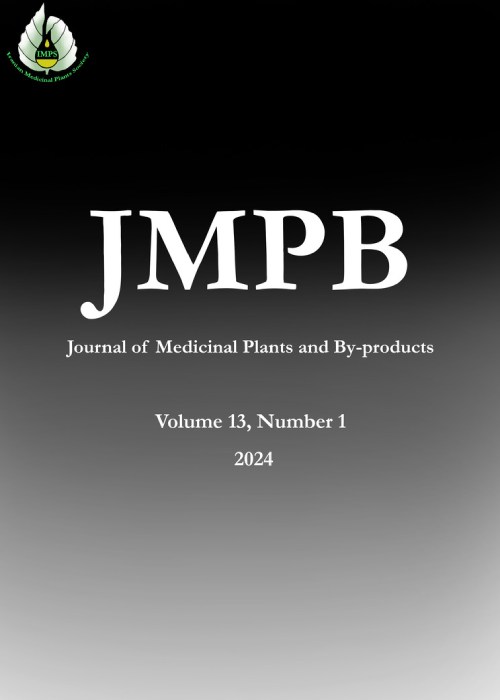The Extract Analysis and Antibacterial Survey of Different Parts of Gilan Native Clerodendrum bungei on Clinical Isolates
Medicinal uses of plants to treat of diseases has increased in recent years. Clerodendrum is a genus of plants belonging to Verbenaceae family. Clerodendrum bungei Steud. is native to the Gilan province, but its antibacterial effects have not been studied. For this reason, the aim of the present study was to investigate the phytochemical analysis and antibacterial properties of the alcoholic extracts of C. bungei. was collected from Sowme’ eh Sara city located in the northwest of the Gilan province, from May to August 2018 with equal amount. Extracts were prepared from different parts of C. bungei using 70% ethanol by the maceration method and were analysed using GC/MS. Seven bacterial isolates from clinical samples were collected from patients referred to the social welfare polyclinic in Rasht. After confirmatory diagnostic tests for all specimens, an antibiogram test (disk diffusion method) was performed and the antimicrobial activities of the extracts were evaluated using disk diffusion and broth dilution methods on 7 isolates of Escherichia coli, Enterobacter, Shigella, Klebsiella, Pseudomonas, Staphylococcus aureus, coagulase negative Staphylococcus. The results were showed that the alcoholic extract of the leaves before flowering was more effective on Pseudomonas than other bacteria. Also, the alcoholic extract of the leaves during flowering was effective on S. aureus. The extract of the flower was effective on E. coli only at a concentration of 250 mg/ml. The MIC values of the different alcoholic extracts of C. bungei on all isolates were 8.06 to 500 mg/ml. The MBC values of the different extracts of C. bungei on isolates were 500 mg/ml. The phytochemical compound, phytol was identified as the main component in the leaf extracts of C. bungei before (9.52%) and during (3.6%) flowering and therefore it seems to be the compound responsible for the antimicrobial properties of C. bungei leaves. The main effective components in the flowers, stems and roots of C. bungei were identified to be linalool (7.8%), aziridine (3.53%), thymol (21.84%), respectively. Linalol prevents dental cavity and has antiallergic, antiviral and antibacterial effects. Thymol has a very strong antimicrobial properties and can destroy outer membrane (OM) of gram-negative bacteria and remove the lipopolysaccharides and increase the permeability of the plasma membrane. Among the chemical compounds identified in the extracts, compounds with functional groups and acircular structure seems to have antibacterial properties. It is concluded from this study that C. bungei possesses antibacterial properties.
- حق عضویت دریافتی صرف حمایت از نشریات عضو و نگهداری، تکمیل و توسعه مگیران میشود.
- پرداخت حق اشتراک و دانلود مقالات اجازه بازنشر آن در سایر رسانههای چاپی و دیجیتال را به کاربر نمیدهد.


